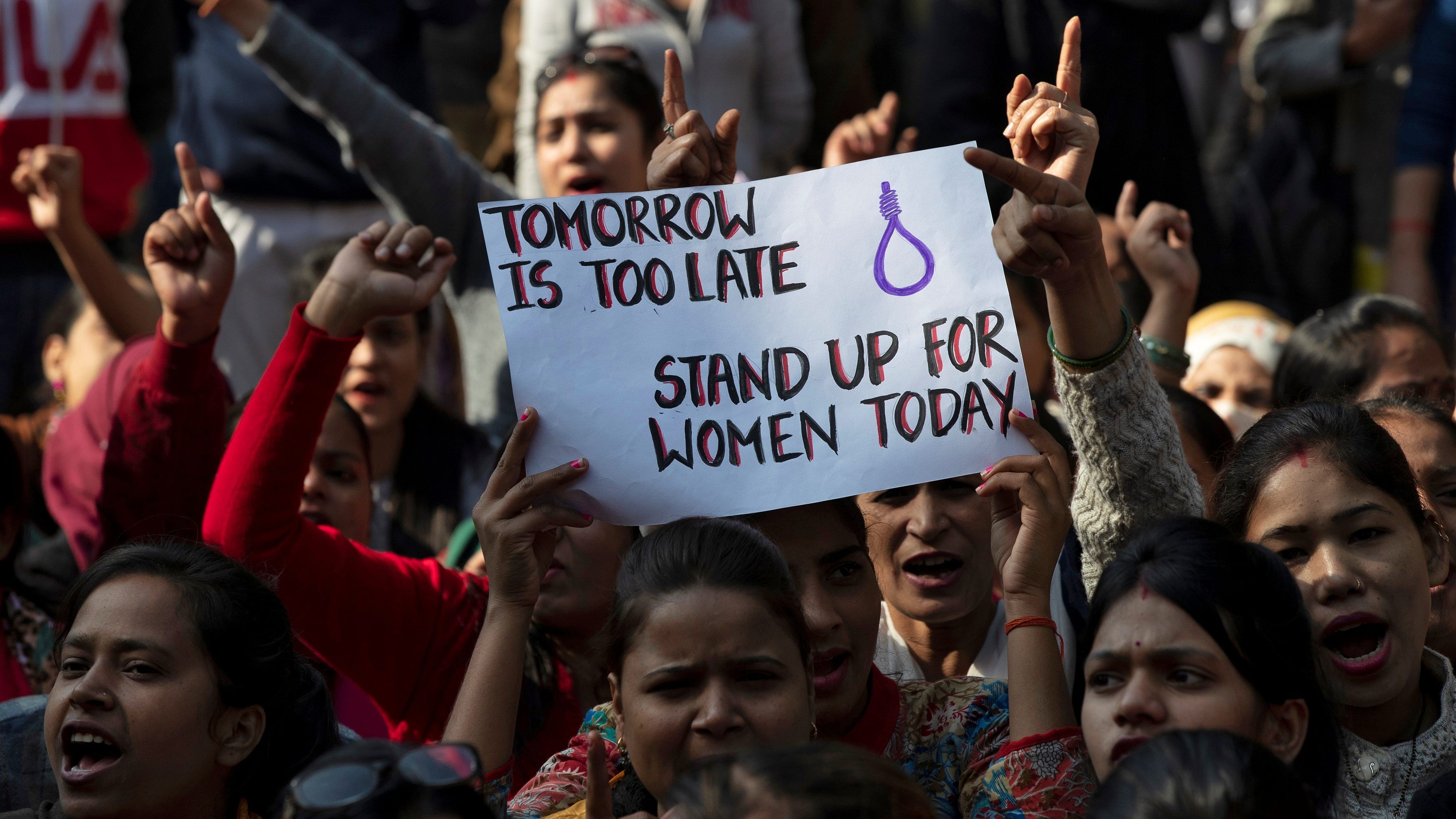
It was the night of December 16, 2012, when a girl, returning after a movie at night, accompanied by a male friend, was mercilessly tortured and raped in India's national capital.
The details of the case still send a shiver down one's spine.
The 23-year-old physiotherapy intern, who came to be known as 'Nirbhaya' (fearless), was returning home after watching a film, accompanied by a male friend when they boarded a bus. The six men on board knocked out her friend and dragged her to the back of the vehicle where they raped and assaulted her with a metal rod while the bus kept circling the city.
Assuming they were dead, the two were dumped after an hour.
Six, including a juvenile, were caught and implicated in the crime.
Hanged to death
While the juvenile was released in 2015 after spending three years in a correctional home, four convicts were hanged on March 20, 2020. Ram Singh, the sixth accused, allegedly killed himself in Tihar Jail days after the trial began in the case.
'Nirbhaya' became an example of 'fearlessness' for despite her condition, she helped the police identify her perpetrators but was not alive to watch the rapists meet their end. She died a fortnight after the incident, succumbing to internal injuries.
Crimes against women
Soon after the case, protests for harsh punishment for crimes against women erupted across cities, petitions to make cities safer for women were signed, and women, now even more afraid of stepping out after dark, demanded more protection from the state. Delhi's reputation stood crestfallen in the light of the crimes of Nirbhaya's rapists.
Ten years on, little has changed for women in India. According to data from the National Crime Records Bureau (NCRB), 4,28,278 cases of crimes against women were registered in 2021, up by 56,775 since 2020. In 2012, the year 'Nirbhaya' was raped, India had 2,44,270 reported cases of crimes against women.
Read | 10 years since Nirbhaya gangrape incident, nothing has changed for women in Delhi, say her parents
Two minor girls were raped every day last year in the national capital, which was the most unsafe metropolitan city for women across the country, according to NCRB data.
Delhi also recorded 13,892 cases of crimes against women in 2021, a significant surge of more than 40 per cent compared to 2020 when the figure was 9,782, data showed.
Rapes alone constitute 7.6 per cent of the total 4.2 lakh cases of crimes against women across India and these are just official numbers. The ground reality could be far worse because sexual crimes often go unreported due to shame, fear of perpetrators, fear of being ostracised, and to evade the expensive and long-drawn legal process.
What these crimes are
We list below the incidences of crimes and how the law defines these.
A grim reality
Among rape cases alone, over 3,038 victims out of the total 31,878 were minors, according to government data. And in over 96 per cent of rape cases, the perpetrator was known to the victim.
Ten years later, even as we remember the fearless youth who lost her life, the reality for women remains grim.
20,15,427 cases of crimes against women remain pending with the police.
Each of these numbers represents a person-- a woman or child, a lot of who underwent a similar ordeal as 'Nirbhaya', a lot of whose stories we will never know and many more who don't even make it to these statistics.